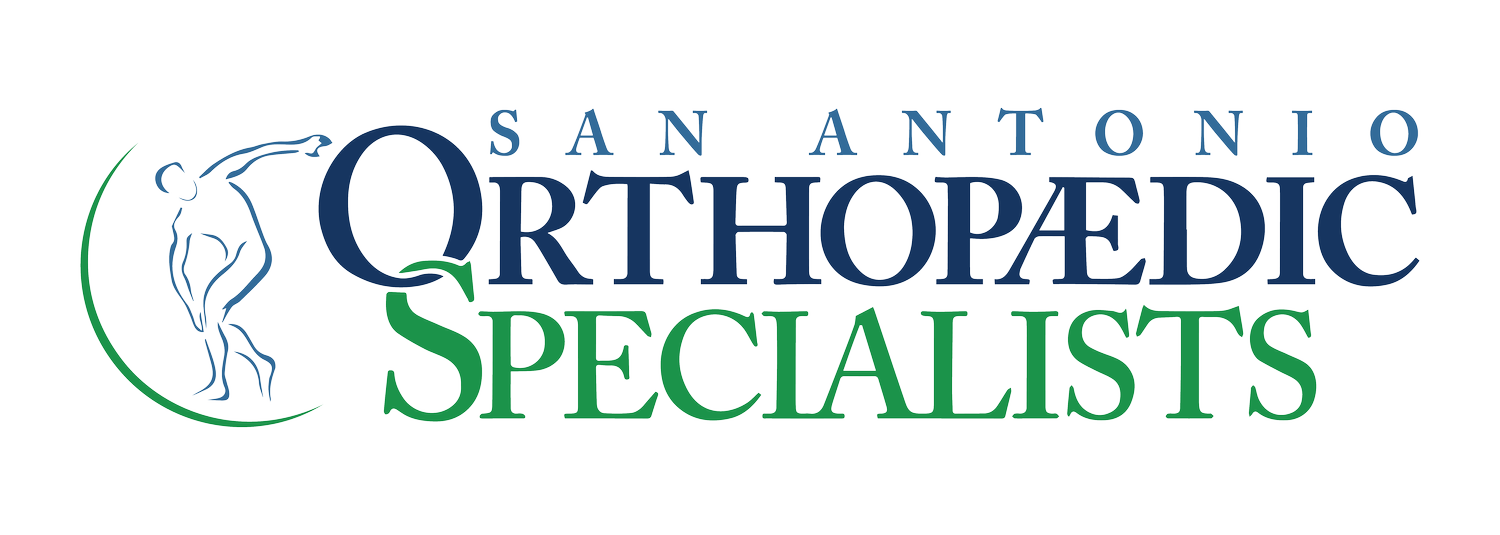
Knee Dislocation Surgery & Treatment in San Antonio
Knee vs. Patellar Dislocations: Key Differences
When discussing knee health, distinguishing between knee dislocations and patellar dislocations is crucial, as they affect different parts of the knee and vary in severity. Patellar dislocations involve the kneecap slipping out of its position, often due to sports injuries or sudden twists. These are less severe and can be managed with therapy, immobilization, or sometimes surgery. A dislocated knee, however, entails a more serious scenario where the knee joint itself (femur and tibia) becomes misaligned. This emergency requires immediate care to prevent complications, possibly including surgery and a longer rehab process. In some severe cases, untreated knee dislocations can lead to compartment syndrome, a seriosu condition caused by increased pressure in the leg muscles that can threaten circulation and tissue health.
While a dislocated kneecap (patella dislocation) usually involves less structural damage, a full knee dislocation requires immediate orthopedic intervention. Understanding these differences is vital for accurate diagnosis, treatment, and prevention strategies.
Symptoms of a Dislocated Knee
Severe pain in the knee area
Visible deformity or misalignment of the knee joint
Swelling and bruising around the knee
Inability to move the knee joint or bear weight on the affected leg
Potential numbness or weakness in the foot, indicating nerve damage
Patellar Dislocations Symptoms
Sudden, sharp pain at the front of the knee
Swelling and tenderness around the kneecap
Visible bulge or lump on the side of the knee where the kneecap has dislocated
Difficulty bending or straightening the knee
A feeling of instability or the knee giving way when attempting to stand or walk
What Is a Knee Dislocation?
A dislocated knee is a serious orthopedic injury where the thigh bone (femur) and shin bone (tibia) lose their proper alignment. This type of injury typically occurs as a result of high-impact trauma, such as from sports injuries, vehicle accidents, or significant falls, leading to the potential for extensive damage. The knee's critical ligaments, including the anterior cruciate ligament (ACL), posterior cruciate ligament (PCL), medial collateral ligament (MCL), and lateral collateral ligament (LCL), are at risk of being stretched or torn during a dislocation. Additionally, the surrounding blood vessels and nerves may also be compromised. Symptoms immediately following a dislocated knee include intense pain, immediate swelling, and a visible deformity of the knee joint, along with an inability to move the knee. Immediate medical attention is crucial for a dislocated knee to accurately diagnose the extent of the injury and to prevent further damage to the knee structures.
Common Causes & Risk Factors
Dislocations of the knee joint often result from significant external forces impacting the area. These dislocations reflect the femur and tibia's sudden and unnatural separation, instigated by various catalysts. While the previous section outlined the injury's nature and immediate consequences, understanding the multifaceted causes behind dislocated knees is crucial for both prevention and awareness. Common risk factors include previous knee injuries, ligament laxity, participation in high-impact sports, and certain genetic predispositions. Understanding your risk factors, such as previous injuries or high-intensity activities, can help prevent both kneecap dislocations and full knee joint injuries.
Below are some of the causes and situations that can lead to dislocations of knees:
High-Velocity Impacts
Automotive Collisions: The intense force from vehicle collisions stands as a predominant cause, where the direct or indirect impact can forcefully dislodge the knee joint.
Falls: Specifically, those from considerable heights, directly impact the knee's structural integrity, pushing the bones out of alignment under the body's weight.
Sports-Related Injuries
Impact and Contact Sports: Engaging in high-contact activities or playing sports that involve sudden directional changes can increase the risk of knee dislocations.
Dynamic Sports and Activities: Sports that involve quick pivots or agile movements (e.g., tennis, soccer), can predispose athletes to knee injuries, including dislocations.
Accidents and Missteps
Simple actions such as stepping wrongly or tripping can lead to dislocated knees, emphasizing the importance of caution in daily activities.
The risk posed by rapid changes in direction during physical activities highlights the importance of agility training and proper footwear to enhance knee stability.
Pre-existing Conditions
Individuals with ligamentous laxity or prior knee injuries are more susceptible to dislocations, pointing to the value of regular medical check-ups and preventive exercises.
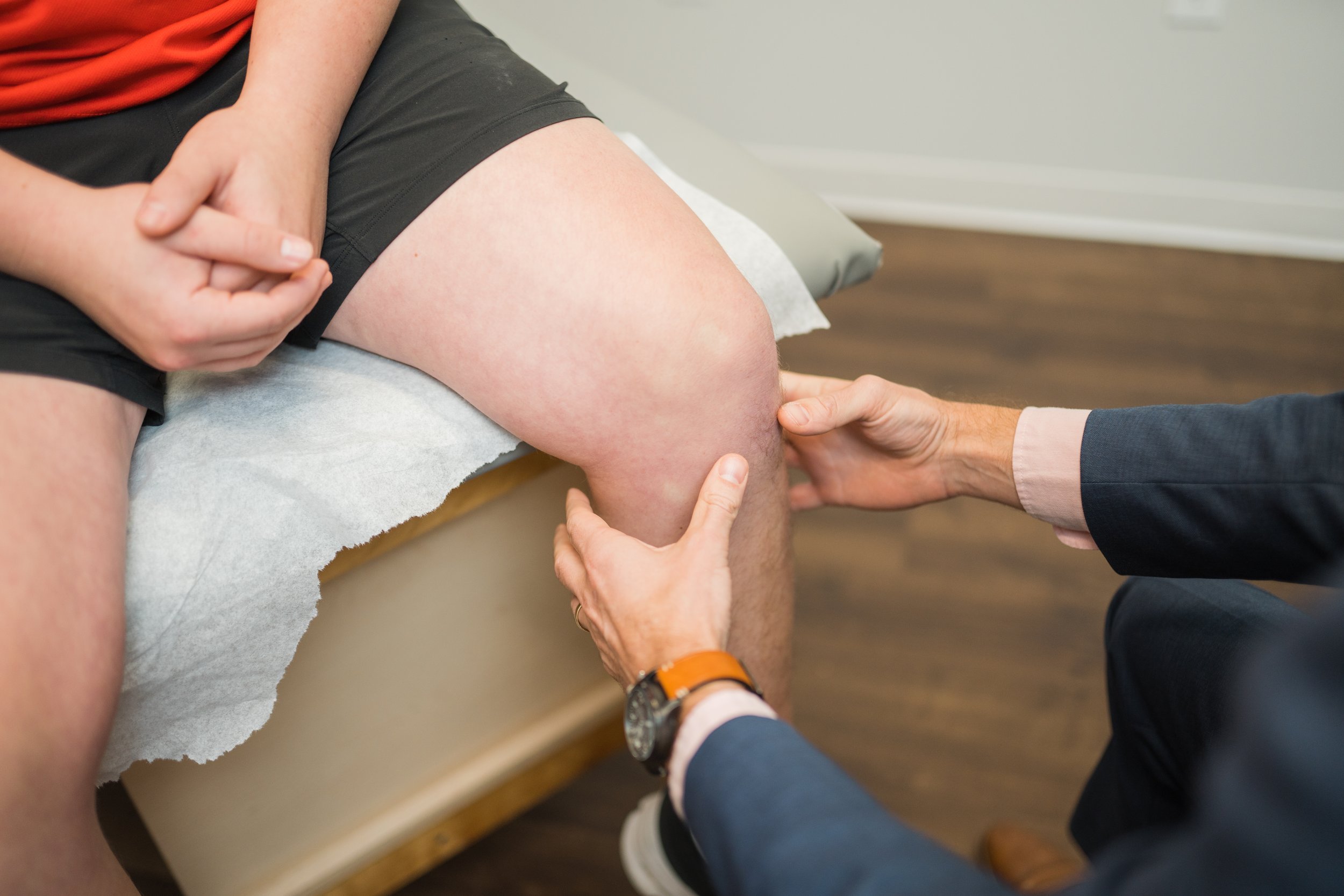
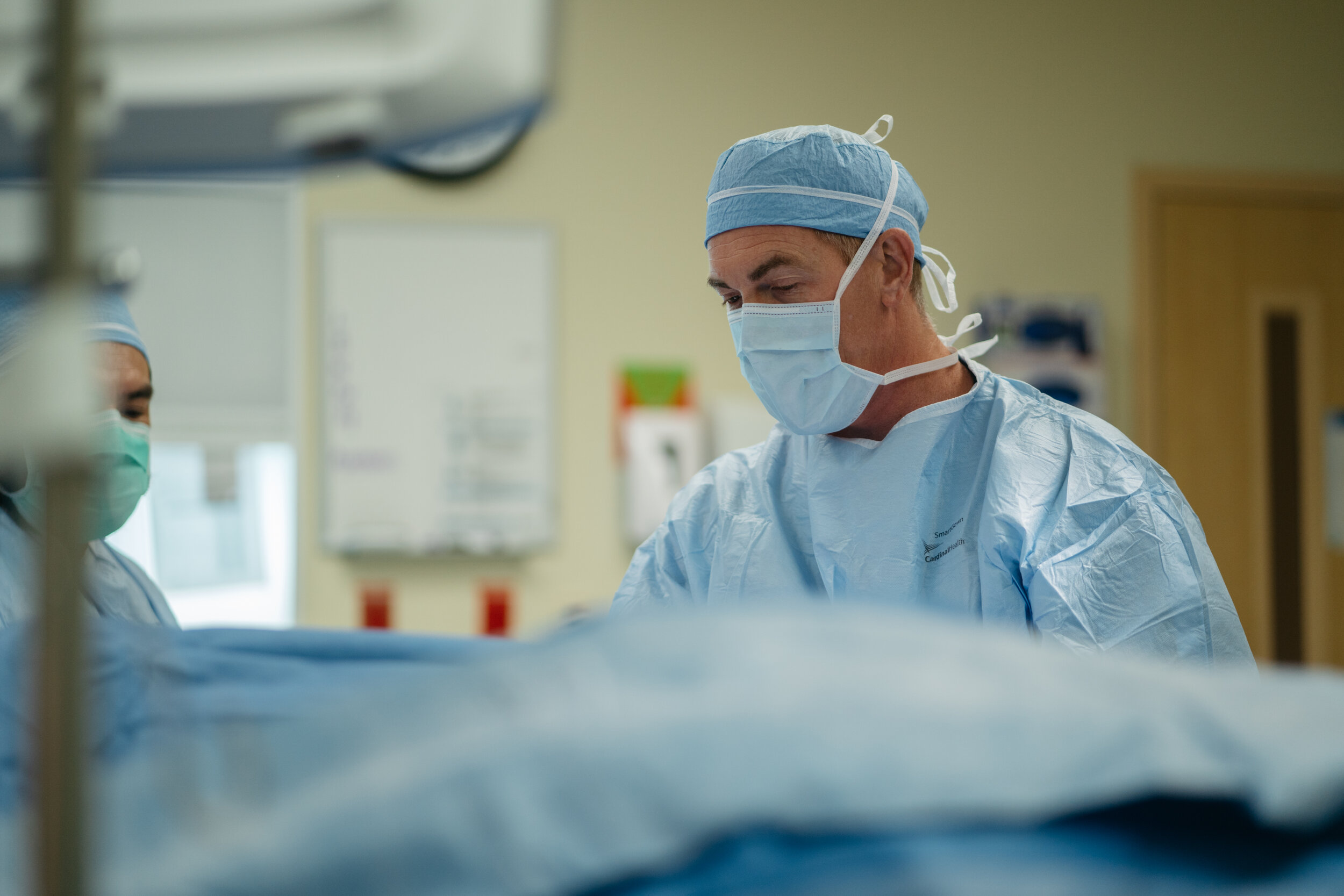
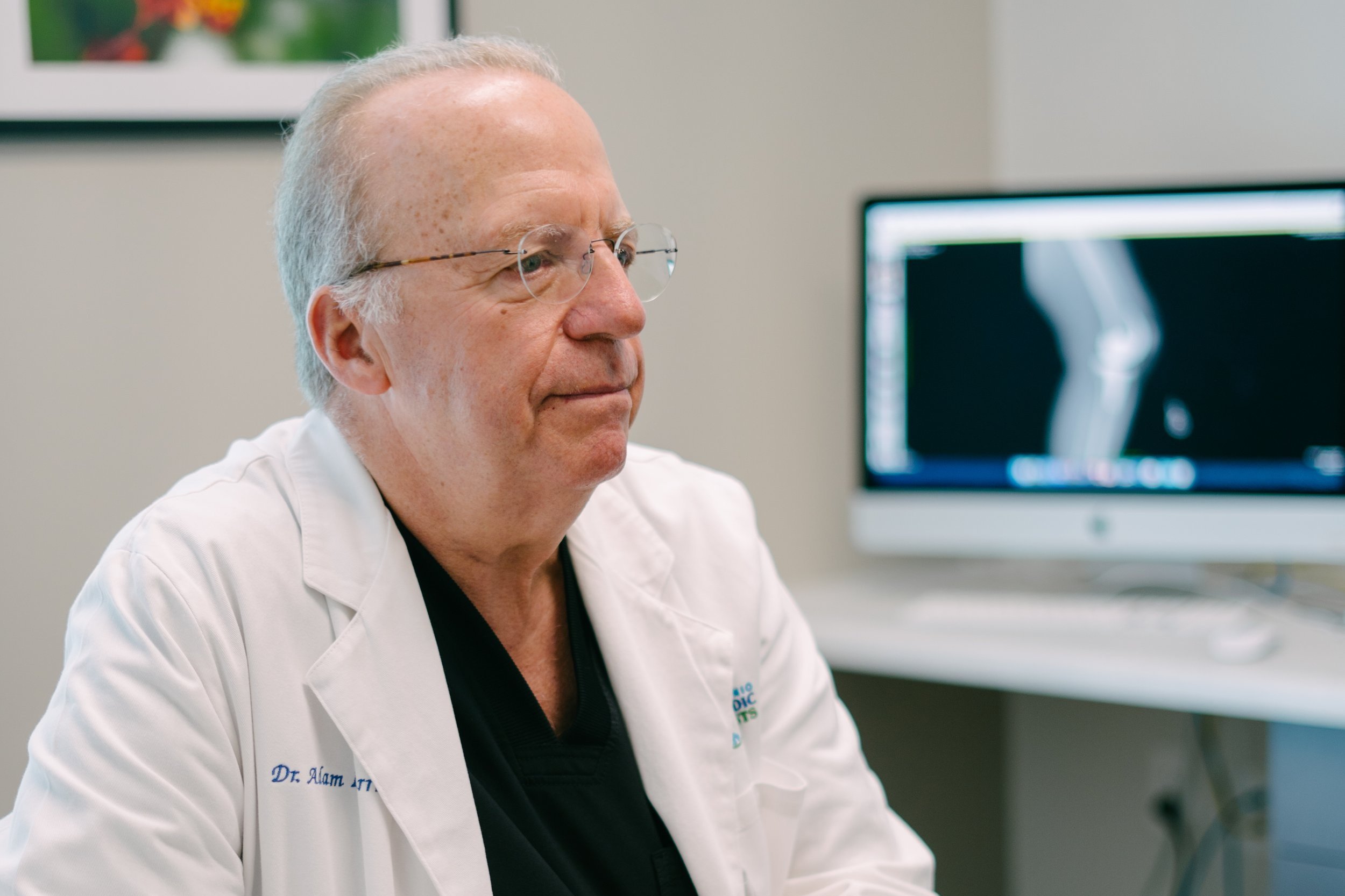

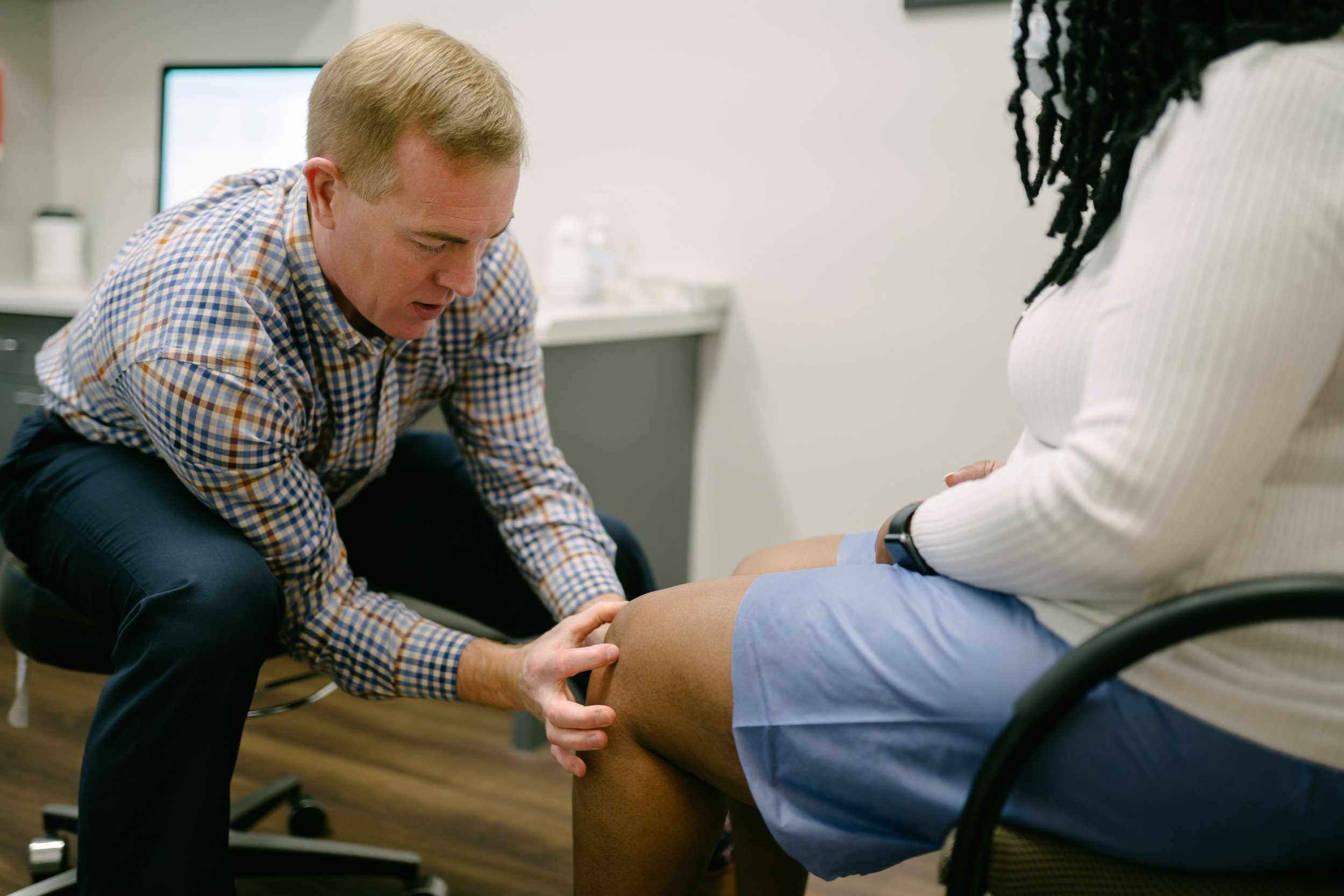
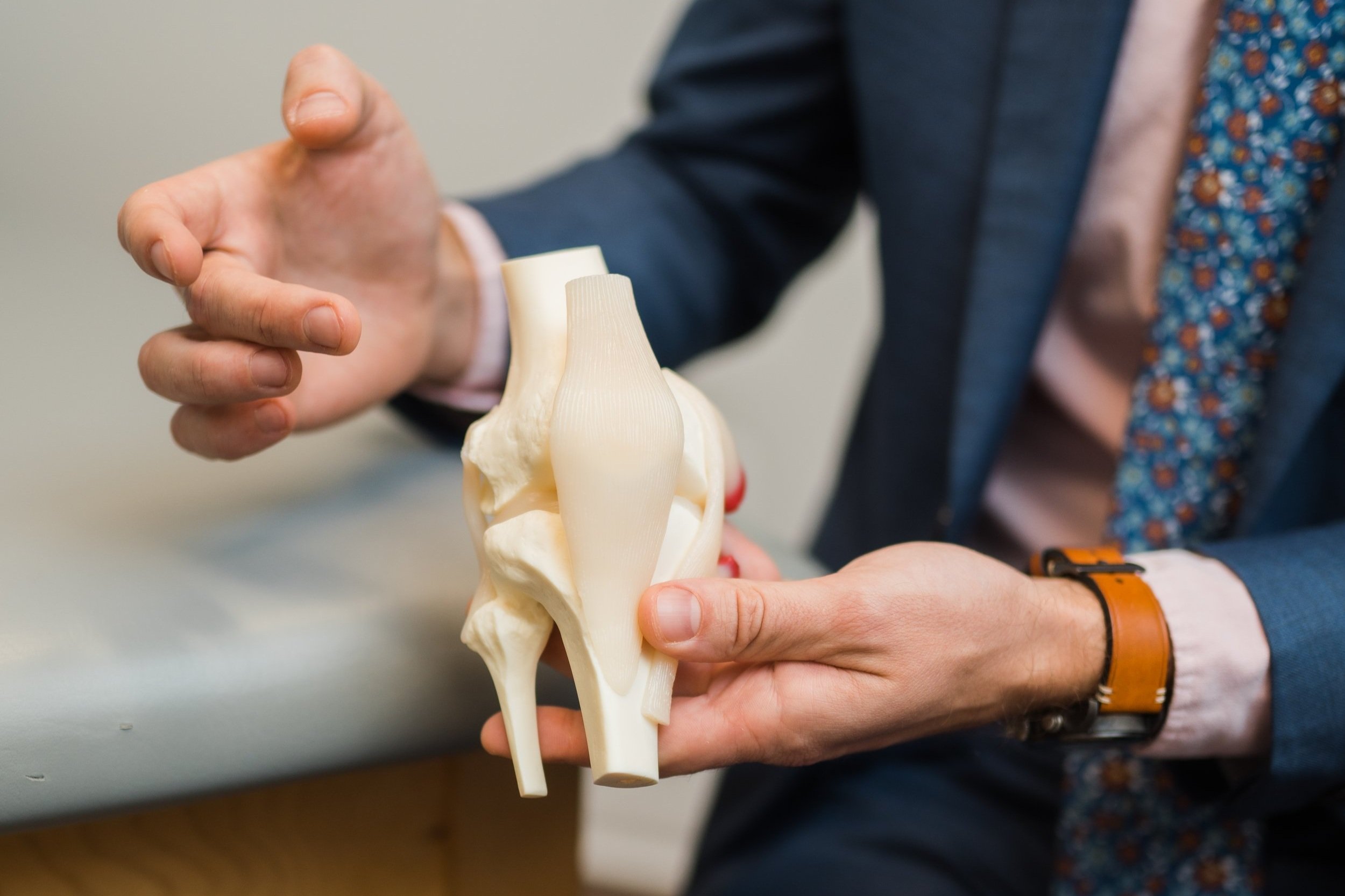
Treatment Options for Dislocated Knees
When examining your knee after a dislocation—especially following an accident or while playing sports—your doctor may use an X-ray or an MRI to assess structural damage. In severe cases, complications like compartment syndrome may occur, which require immediate medical attention.
1. Non-Surgical Treatment:
Reduction: Immediate manual realignment of the dislocated knee by a healthcare professional, often followed by immobilization.
Immobilization: Use of a brace or splint to keep the knee stable and allow ligaments to heal.
Physical Therapy: After initial healing, targeted exercises help restore strength, flexibility, and range of motion.
2. Surgical Treatment:
Ligament Repair/Reconstruction: Surgery to repair or reconstruct torn ligaments is common, especially if non-surgical treatment fails to stabilize the knee.
Vascular Surgery: In cases where blood flow is compromised, vascular surgery may be necessary to repair damaged vessels.
3. Rehabilitation:
A comprehensive rehabilitation program is critical, often lasting several months, to fully recover knee function and strength.
Knee injuries—especially dislocations—can lead to long-term instability or nerve damage if not treated quickly. Our board-certified orthopaedic specialists in San Antonio offer advanced diagnostics and personalized treatment to help you recover safely.
MEET OUR KNEE SPECIALISTS
-

Adam I. Harris, MD
Board Certified, Fellowship Trained Orthopaedic Surgeon
-

Brandon Broome, MD
Board Certified, Fellowship Trained Orthopaedic Surgeon
